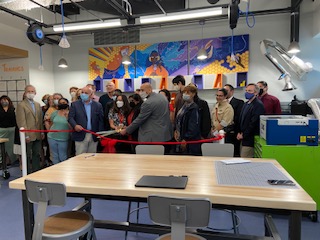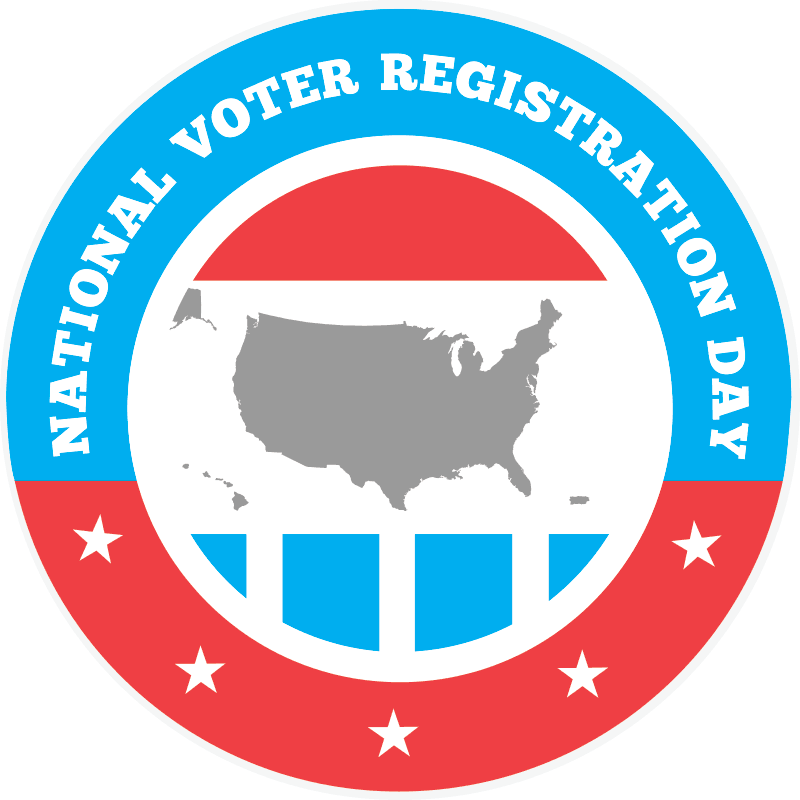
Students from several Cape Cod schools are now able to access OverDrive digital materials from nearby public libraries using their student IDs. CLAMS libraries in Brewster, Eastham, Orleans, Truro and Wellfleet are partnering with the Nauset School System, Mashpee Library is partnering with the Mashpee Schools, Falmouth Public Library is partnering with Falmouth High School, and the seven Barnstable libraries—Centerville, Cotuit, Hyannis, Marstons Mills, Osterville, Sturgis and Whelden Memorial—are partnering with Barnstable High School. Dennis and Yarmouth libraries will soon partner with schools that offer OverDrive in the Dennis/Yarmouth District. Using their school credentials directly through OverDrive’s SORA app, students can check out and request titles from the entire CLAMS digital collection and will have priority access to their partnering libraries’ OverDrive Advantage collection. They can also get out-of-network materials through the LEA Project.
Lynn Weeks, Library Media Specialist, Mashpee Middle/High School welcomes the initiative:
“We are so excited we were given the opportunity to partner with Mashpee Public Library and offer our students access to additional eBook titles. Removing the barrier of a public library card and allowing students to access the public library digital collection in the Sora platform using their school log-on information has enabled us to meet needs we wouldn’t have otherwise been able to meet with all of the limitations of this current year. We hope that this introduction to public library resources will serve as a bridge to students becoming lifelong library users and lead to students obtaining their own public library cards.”
Kathleen Mahoney, Mashpee Public Library Director said:
“Partnering with the Mashpee Public Schools to provide students with instant access to our OverDrive collections allowed the Library to support both the educational needs of the students, and encourage reading for pleasure during the past year of at home and hybrid learning models. Our goal is to increase access and accessibility to all patrons and this initiative allows us to do outreach to a typically underserved population. We are now collaborating with staff at the school who have asked us to work with them to provide full-service CLAMS library cards to their students. This partnership could not have generated a more successful outcome for everyone involved!”
The CLAMS shared digital eBook collection has over 40,000 unique titles and over 3,000 eMagazines available free of charge. Through the statewide LEA initiative, CLAMS library users have access to over 350,000 titles statewide.
CLAMS (Cape Libraries Automated Materials Sharing) is one of eight public library networks in Massachusetts that provides the library catalog, technology support, the ability to borrow from neighboring libraries, circulation, patron registration, Internet access and other critical services. CLAMS serves 35 libraries (38 locations) on Cape Cod and the Islands of Martha’s Vineyard and Nantucket. More about CLAMS is available at info.clamsnet.org.
 On July 6, 2021, the Cambridge Public Library opened its brand new Hive Makerspace on the lower level of the Main Library. The library says, “The mission of The Hive is to provide free, hands-on STEAM learning opportunities to the Cambridge community, resources for personal projects, and to serve as a hub for skill sharing and creative collaboration.”
On July 6, 2021, the Cambridge Public Library opened its brand new Hive Makerspace on the lower level of the Main Library. The library says, “The mission of The Hive is to provide free, hands-on STEAM learning opportunities to the Cambridge community, resources for personal projects, and to serve as a hub for skill sharing and creative collaboration.”


